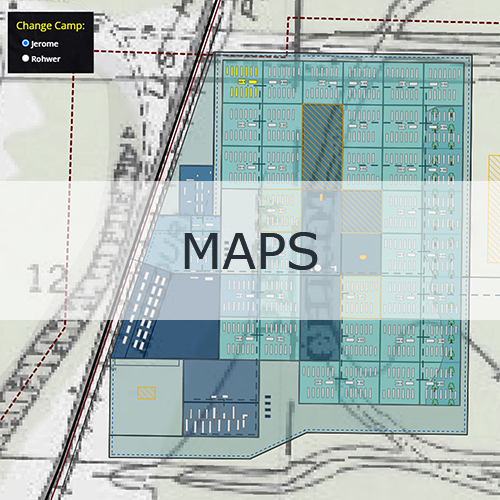ABOUT THE CAMPS
During WWII, the U.S. government forcibly removed over 120,000 Japanese Americans from their homes on the West Coast. They were incarcerated in camps throughout the nation’s interior, where many remained until the end of the war. While eight of the camps were in the remote reaches of the American West, two of the camps were located in the rural swamps of southeast Arkansas.
The camps at Rohwer and Jerome were each built on approximately 10,000 acres of federally owned lands in need of drainage and clearing. Each camp core consisted of 500 acres of tar-papered buildings arranged in military style, surrounded by guard towers and barbed wire. By the beginning of 1943, these camps became two of the largest cities in the region. For reference, the neighboring town of McGehee had a population of 3,700 in the 1940 census. The peak population for Jerome and Rohwer in early 1943 was 8,497 and 8,475, respectively.
Throughout the fall of 1942, Japanese Americans arrived at both Rohwer and Jerome to find that the camps were not finished. Buildings were partially constructed, barracks were largely unfurnished, and the land was a barren, soupy mess. Immediately, incarcerees began to improvise to make furniture from scrap lumber and to make their apartment spaces livable. Over time, living conditions continued to improve due to the hard work and persistence of incarcerees who eventually planted victory and flower gardens in their yard spaces and erected make-shift basketball goals in community areas. Camp administration encouraged the formation of incarceree-led newspapers, co-ops, religious organizations, sports teams, and more. There were numerous social clubs in school, such as scouts, band, and art and adult education, as well as employment opportunities. Life was anything but normal. However, the incarcerated Japanese Americans strove to make the best of the unjust circumstances that forced them to call Arkansas home during the war.
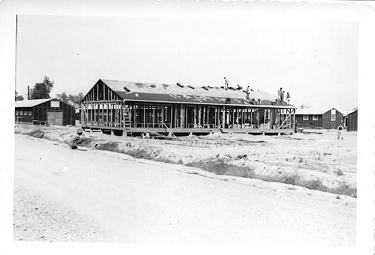
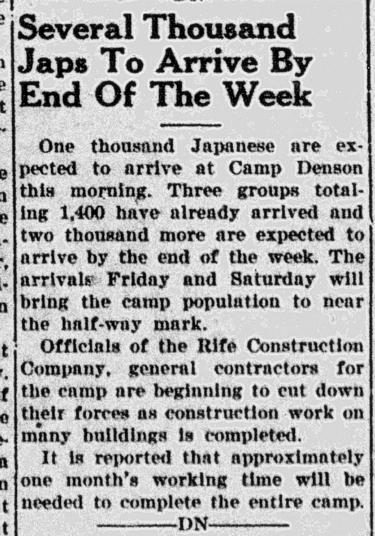
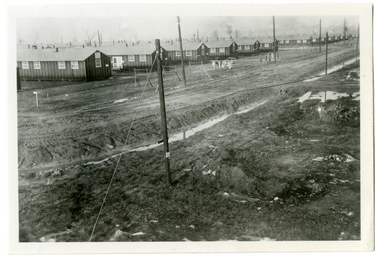
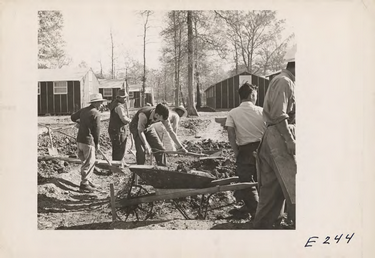
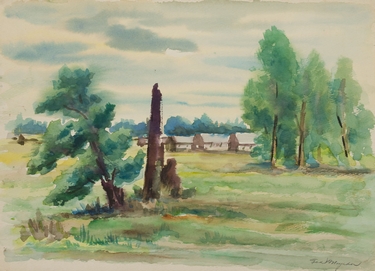
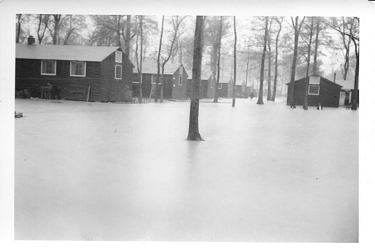

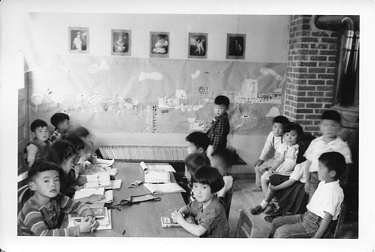
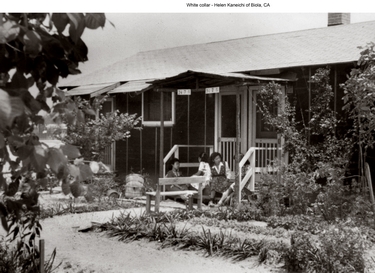
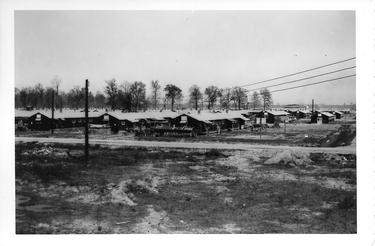
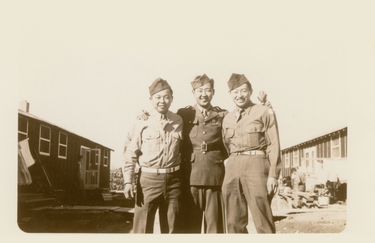
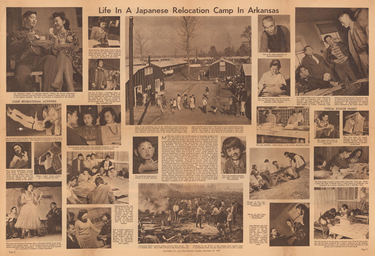
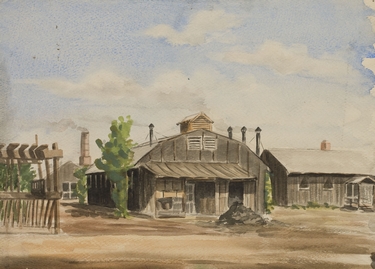
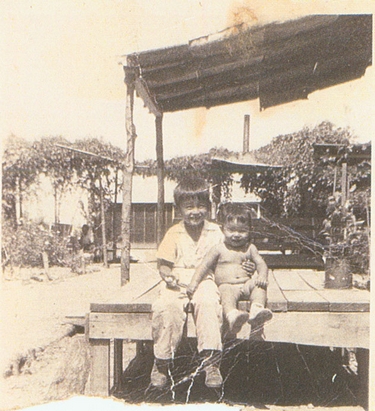
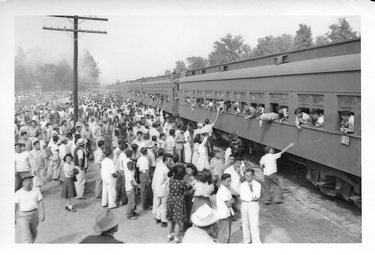
In September 1945, the war finally ended, and just as quickly as the camps were built, people left, buildings were sold, and the land was left vacant. Locals began farming the fields that had been drained and improved by incarcerees, and the concrete foundations that were once used for the block mess halls, recreation halls, and other buildings were removed with time. Today, at Rohwer and Jerome, the smokestacks for the camp hospitals are the most prominent visual reminder of where each camp once stood. In 1992, the Rohwer memorial cemetery was declared a National Historic Monument, and the site of the Jerome camp was added to the Arkansas Register of Historic Places in 2010.
 RISING ABOVE
RISING ABOVE